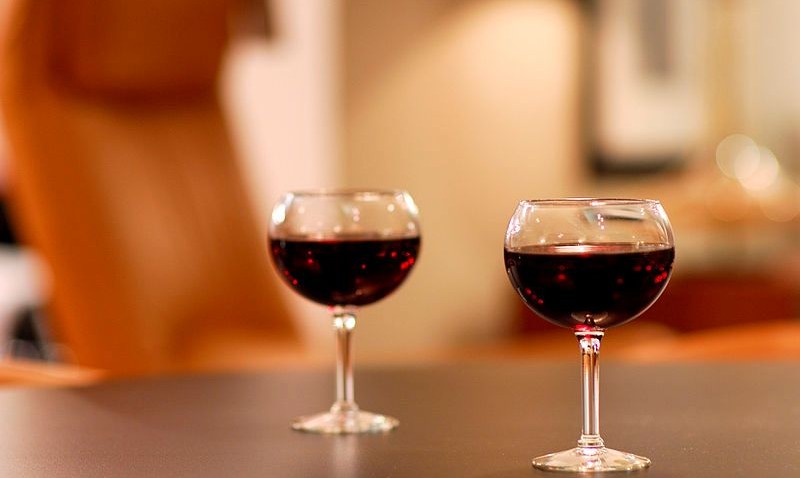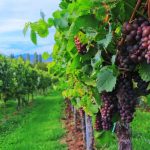When I’m giving a wine talk there will inevitably be questions from the audience keen to understand more about the wine they’ve just bought on their last visit to the supermarket, or some question that’s been niggling away waiting to be answered from someone who knows. While I try my best to fit into this category I don’t claim to know all the answers but here are a few of my answers to the questions I get asked most frequently – which usually starts with “Why do the French spell it Syrah and the Aussies Shiraz?”.
Well my answer to that is yes Shiraz can also be spelt Syrah – it’s the same grape variety just grown somewhere with a different spelling system. Nobody is quite sure why the spelling changed when immigrants took cuttings of Syrah grape vines down-under but it’s probably down to the fact that, until this century, most people couldn’t write, and the few that were able to, did so using a spelling system based on how they heard the word being pronounced. Or possibly how they saw someone else spelling it, or even if they just felt like trying out a few alternatives now and again – just think of the many ways William Shakespeare spelt his name, or is that Bill Shackspar?
Another commonly asked questions is “Which type of wine, on the whole, is most likely to make my mouth feel dry: white, rosé or red?”.
Tricky one this. It’s red wine. Well it’s all down to the tannin. Tannin is found in grape pips and grape skins – and it’s the skins that give red wine its high tannin levels because these are added to the mix when you make red wine. Rosé wine has the skins taken out of the brew after only a short time so the tannin (and colour) is lower. In white wine the skins aren’t used at all, so consequently it generally has a lower tannin content and so feels less drying when you drink it. So now you know.
And lastly, “Chablis – what grape variety is that made of?”.
The answer is Chardonnay – if it’s labelled Chablis that’s what’s inside. The French labelling system grew up around naming the place where the wine was made, not what was inside as often this a mish-mash of many grape varieties which it didn’t seem important to know as long as the wine inside tasted nice. But then along came the Australian wine makers in the 1980s with no readily-known wine regions so they decided to put the grape variety on the label instead. And this sytem took off, so much so that many French wine makers now put both the region and grape variety on the label.
PG Wine Reviews
Sainsbury’s Taste the Difference French Fronton Rosé 2014
£6 Sainsbury’s (down from £8 until May 17)
More of a light red than a rosé made with the grape varieties Négrette, Cabernet Sauvignon and Syrah (or is that Shiraz?) – all of which can be made into some oomphy tasting red so you’d the pink version to be pretty tasty too. Which it is. Expect spicy blackberry, bubblegum and a bit of liquorice.
Sainsbury’s Taste the Difference Spanish Navarra 2013
£6 Sainsbury’s (down from £7 until May 17)
Another blend, this time it’s made from Garnacha (which can also be spelt Grenache), Graciano and Tempranillo. The result is a deep red that tastes of sloe and blackberry – the dryness of the sloe flavour indicating presence of tannin.
Tweet me a wine question @huxelrebe
© Paula Goddard 2016 www.paulagoddard.com



